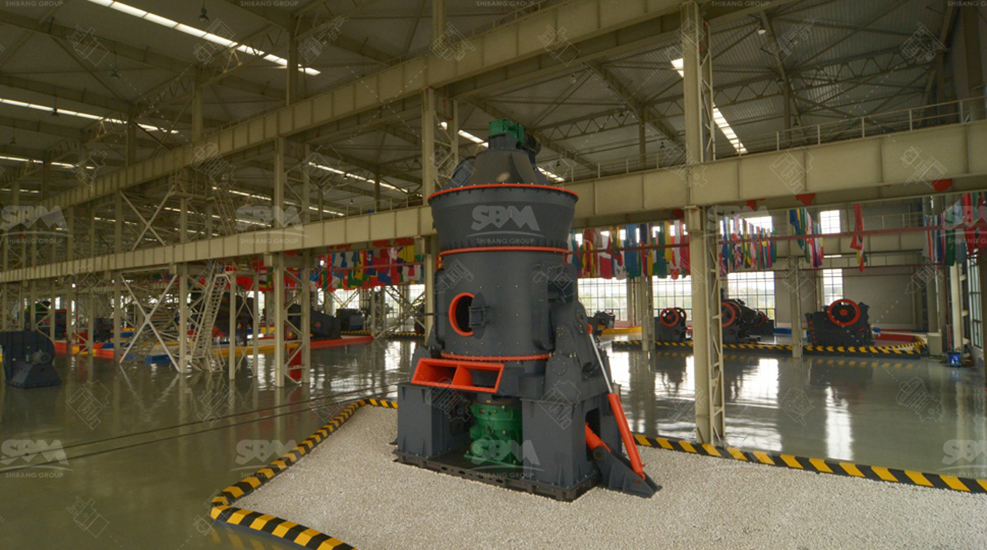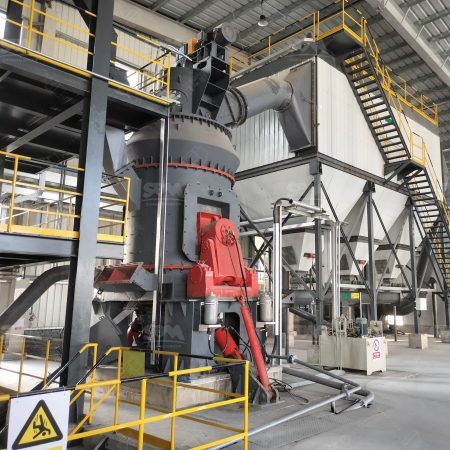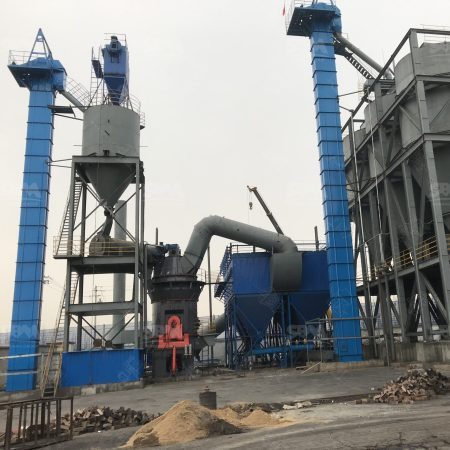
India’s rapidly growing infrastructure, cement, and power sectors demand advanced grinding solutions to meet high-capacity production needs while addressing energy efficiency and environmental concerns. The High Capacity Vertical Roller Mill (VRM) emerges as a transformative technology, tailored to India’s industrial landscape. This article explores its technical advantages, applications, and adaptability to India’s unique challenges, supported by cutting-edge specifications and performance data.


India’s cement industry, the second-largest globally, and expanding thermal power plants require robust grinding systems for materials like limestone, coal, and slag. Traditional ball mills and older grinding technologies struggle with:
The Vertical Roller Mill addresses these gaps by integrating drying, grinding, and classification into a single system, reducing footprint and energy use by up to 40%.
VRMs excel in processing materials with varying hardness and moisture levels, such as:
| Model | Capacity (t/h) | Max Feed Size (mm) | Output Fineness | Motor Power (kW) |
|---|---|---|---|---|
| LM220K | 36–105 | ≤50 | 80–325 mesh | 800 |
| LM280K | 50–170 | ≤50 | 80–325 mesh | 1250 |
| Model | Capacity (t/h) | Max Feed Size (mm) | Fineness (R0.08mm) | Motor Power (kW) |
|---|---|---|---|---|
| LM280M | 60–90 | ≤50 | 5–20% | 900 |
VRMs like the LM220K and LM280K boost cement plant output by 70% while reducing CO₂ emissions. A 5000 t/day plant achieves 450 t/h capacity with 13.5 kWh/t energy efficiency.
Coal mills (e.g., LM280M) process 60–90 t/h of thermal coal to R0.08=5–20% fineness, ensuring optimal combustion efficiency.
A Brazilian ceramic manufacturer achieved 200-mesh output and 30% energy savings using our LM Vertical Roller Mill, highlighting adaptability for India’s factories.
The High Capacity Vertical Roller Mill reduces operational costs by 40% while future-proofing production lines. As India’s infrastructure expands, VRM technology will be pivotal to global competitiveness.